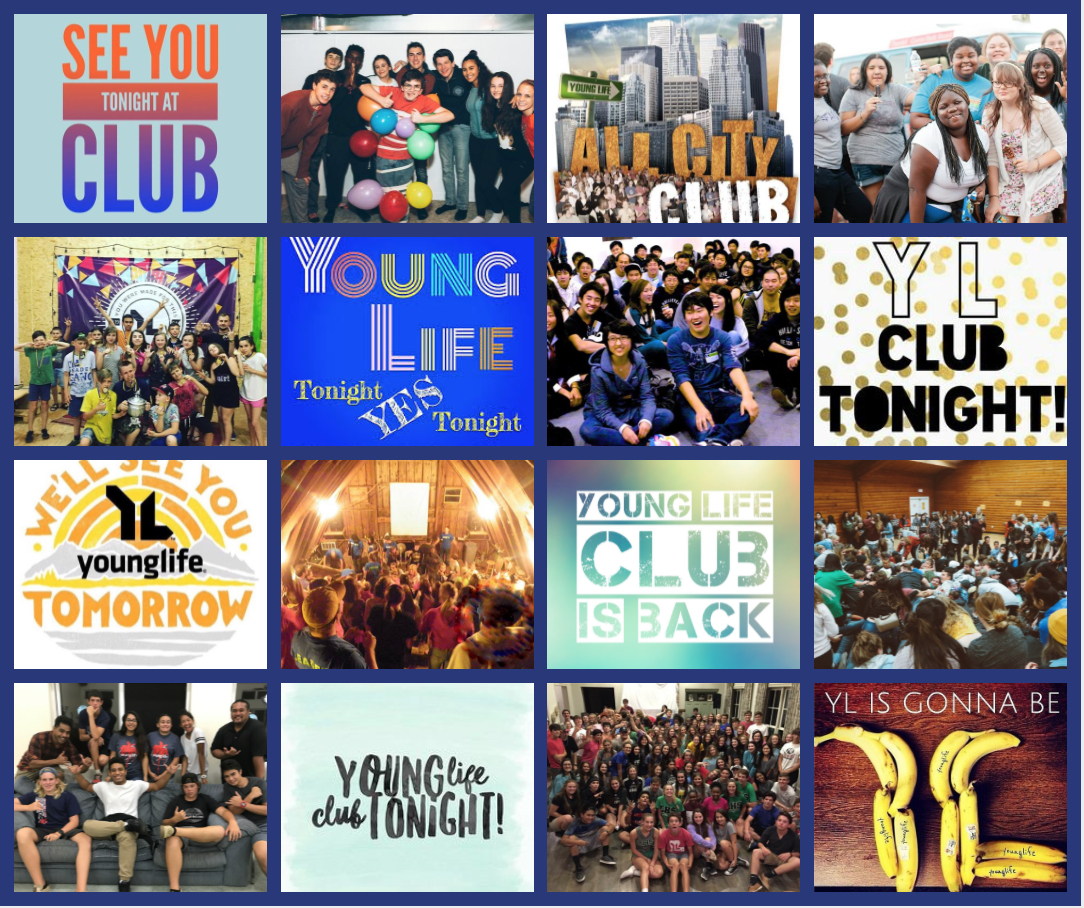“Fundraising in this city shouldn’t be this hard.” That was the driving thought that brought together a group of friends of Young Life to figure out how to raise more support across Cincinnati for all of the seven distinct areas. As we unpacked this issue, we discovered just how stretched the staff were in each area. The numbers that stuck out the most to me were 12 staff, 400 volunteers. That’s roughly 33 direct reports for each staff person. From my perspective, we were in desperate need of middle management.
Some people bristle at that idea, but I teach management, so I have a special appreciation for it. What’s more, Jesus only had 12 direct reports; should our staff people have roughly three times that? Fortunately, we already had some of these middle managers in place — volunteer team leaders (VTLs). So we decided to invest more in VTLs by creating a basic handbook and gathering all the VTLs across the city once a semester.
We created the handbook (click here to download) with the idea of it being a short, quick-reference tool for all VTLs, but especially with new VTLs in mind. The aim of the handbook is to give an overview of what a VTL does, why they do it, what are the expectations for each responsibility, and what are some best practices. This serves as a baseline for new VTLs to understand the role. We introduced these handbooks at one of our first all-city VTL meetings.
The vision for the all-city VTL meetings was to encourage, honor and train the VTLs. Every staff member in the city strongly wanted to convey their deep gratitude and appreciation for what VTLs do. We executed on this by holding our 2.5 hour meeting at a unique location, catering lunch, and bringing in a top speaker to develop the VTLs. Our speakers were typically former staff or local business leaders who would teach on leadership skills. Our aim was to develop them more broadly than to train them solely for Young Life leadership. Themes were conflict management, learning from failure and personal growth among others.
The second half of each meeting involved structured sharing among VTLs. We organized VTLs in different ways each meeting — by ministry type, by club size, by tenure as a VTL — and gave them a topic to discuss — preparing for camp, initiating new leaders, team conflict and more. The VTLs consistently told us that the sharing time was the most beneficial time for them. Encouraging each other, commiserating, and sharing ideas proved to be the best nourishment, which in turn makes them more ready to serve and lead their teams.
Typical Meeting Schedule
11 a.m. to Noon — Speaker
Noon to 12:30 p.m. — Lunch
12:30 to 1:30 p.m. — Small Group Discussions
Over the last three years of meetings, we have consistently heard from VTLs that these times together encourage and honor them. New VTLs join other leaders of leaders in community, and veteran team leaders learn that it does not have to be lonely in leadership.
Get our handbook and make a plan for VTLs in your own ministry! (click here to download)
Written by: Chris Welter (chriswelter@gmail.com)








